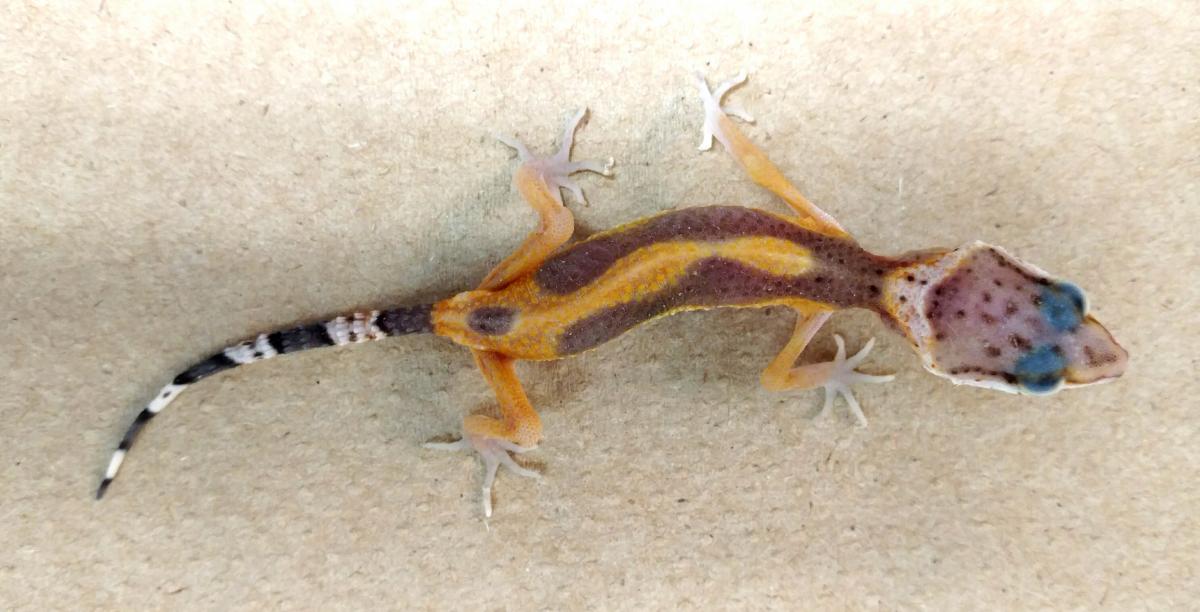Greens, Vegetables, and Fruits for Rabbits
We recommend feeding a rabbit 1 - 3 cups of leafy greens every day, along with unlimited timothy hay and a small amount of pellets. Other vegetables can be fed in small amounts, no more than 1 tablespoon per 2 pounds of body weight. Fruits should only be fed RARELY as treats. Here is a list of healthy produce options for your rabbit.




 Cryptosporiosis is caused by an internal parasite that can infect many different species of animals. It is caused by a protozoal, or one celled, parasite called Cryptosporidium. There are several species of Cryptosporidium, but the most commonly encountered in reptiles is C. serpentis. Cryptospordiosis is an important disease in reptiles due to its tendency to be highly contagious and high mortality rate.
Cryptosporiosis is caused by an internal parasite that can infect many different species of animals. It is caused by a protozoal, or one celled, parasite called Cryptosporidium. There are several species of Cryptosporidium, but the most commonly encountered in reptiles is C. serpentis. Cryptospordiosis is an important disease in reptiles due to its tendency to be highly contagious and high mortality rate.